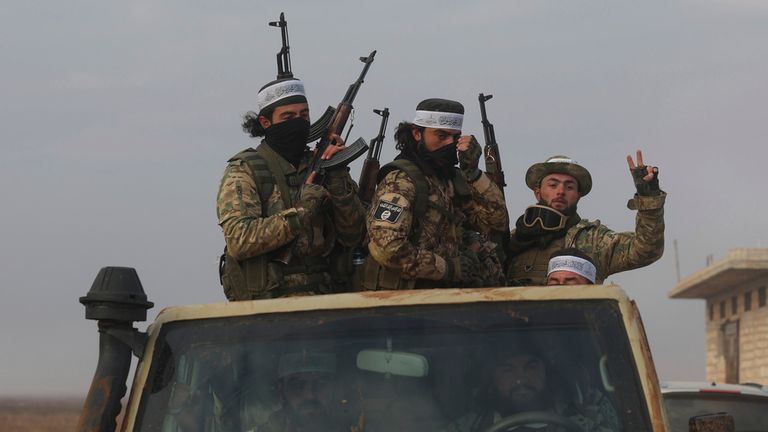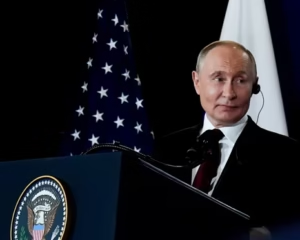Rebels Take Control of Syria’s Second-Largest City

Rebel forces launched an unprecedented large-scale offensive against the Syrian government on Wednesday, marking the most significant military action in recent years. By Saturday, the rebels had captured large sections of Aleppo, Syria’s second-largest city. The surprise attack prompted the first Russian airstrikes on Aleppo since 2016, and led to the Syrian military withdrawing its forces from the city.
The offensive was spearheaded by Hayat Tahrir al-Sham (HTS), a powerful Islamist militant group with deep roots in the Syrian conflict. HTS has long held sway over the Idlib region, where it serves as the de facto ruling authority. Despite its efforts to gain international legitimacy, HTS’s record has been marred by allegations of human rights violations and internal struggles for control.
Initially, HTS’s ambitions beyond Idlib appeared limited. After severing ties with Al Qaeda, the group focused on establishing a fundamentalist Islamic state within Syria, rather than attempting to create a broader caliphate as the Islamic State (IS) had sought. For a time, HTS refrained from challenging Assad’s rule on a large scale. However, the surprise offensive in Aleppo suggests a shift in its strategy, with the group now aiming to regain momentum in the broader Syrian conflict.
The Syrian war, which has raged for over a decade, had appeared to be winding down in recent years, with Assad’s government regaining control of most major cities, thanks to support from Russian and Iranian forces. Nonetheless, parts of the country remain outside Assad’s control, notably the Kurdish-majority areas in the northeast, which have operated largely autonomously since the early stages of the conflict.
Despite lingering unrest in the southern regions, where the revolution against Assad’s rule began in 2011, most of Syria had seen a relative return to stability in recent years. In the Syrian desert, remnants of the Islamic State (IS) continue to pose a sporadic threat, particularly during the truffle-hunting season. However, it is in the northwest, in the province of Idlib, where the conflict has remained most intense. This area, home to millions of displaced people, has been a refuge for rebel and jihadist groups, with HTS as the dominant force.
Idlib was the site of some of the war’s most brutal fighting, with Syrian government forces making multiple attempts to recapture the province. A ceasefire agreement brokered in 2020 by Russia and Turkey brought a degree of stability to the region, though tensions remain high. The province is home to roughly four million people, most of whom were displaced from other parts of Syria during the years of intense fighting.
Aleppo, a city that once symbolized the intensity of the war, was a focal point of the conflict. Its recapture by Assad forces in 2016 marked a major defeat for the opposition, and the city became a symbol of the government’s victory. The Syrian regime, with the support of Russian airstrikes and Iranian-backed militias, including Hezbollah, secured control of the city after months of heavy bombardment and street fighting.
HTS’s recent attack on Aleppo, however, could significantly alter the balance of power in the region. The group’s push into the city follows a series of setbacks faced by Hezbollah, including Israeli airstrikes on Iranian military figures in Syria and Israel’s offensive in Lebanon. These external pressures, combined with shifting dynamics within Syria, likely prompted HTS to launch this unexpected offensive in Aleppo.
If HTS can hold onto its newly captured territory in Aleppo, it would represent a significant victory for the group and a blow to Assad’s regime. The group’s success could also inspire other rebel factions in Idlib and across Syria, reigniting larger-scale confrontations and prolonging the conflict. The fate of Aleppo, therefore, may have broader implications for the future of Syria, especially in the context of the ongoing geopolitical rivalry and the involvement of foreign powers like Russia, Iran, and Turkey.
This latest development underscores the ongoing instability in Syria and the unpredictable nature of the conflict. As HTS and other rebel groups continue their fight against the Assad regime, the dynamics of the war remain fluid, with the potential for further escalation. The international community will be closely watching the developments in Aleppo and Idlib, as the outcome could have significant consequences for the future of Syria and the broader Middle East.







